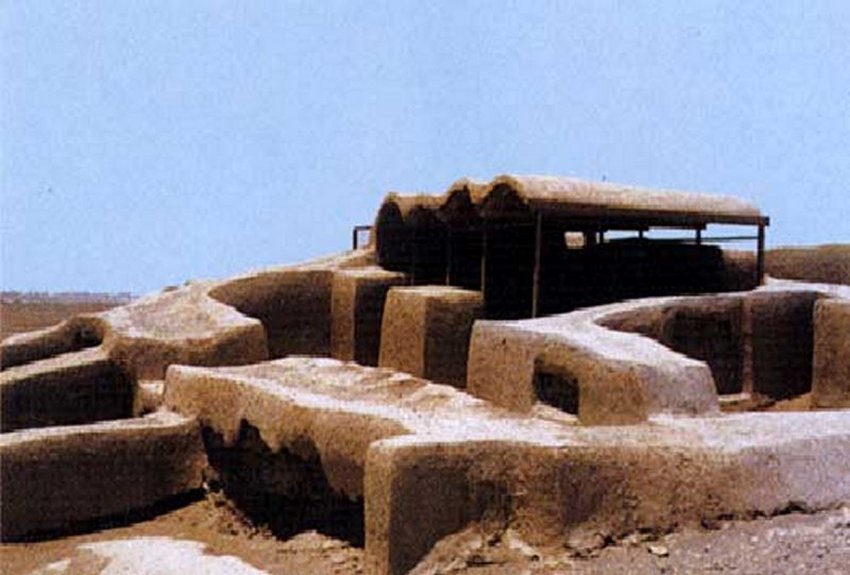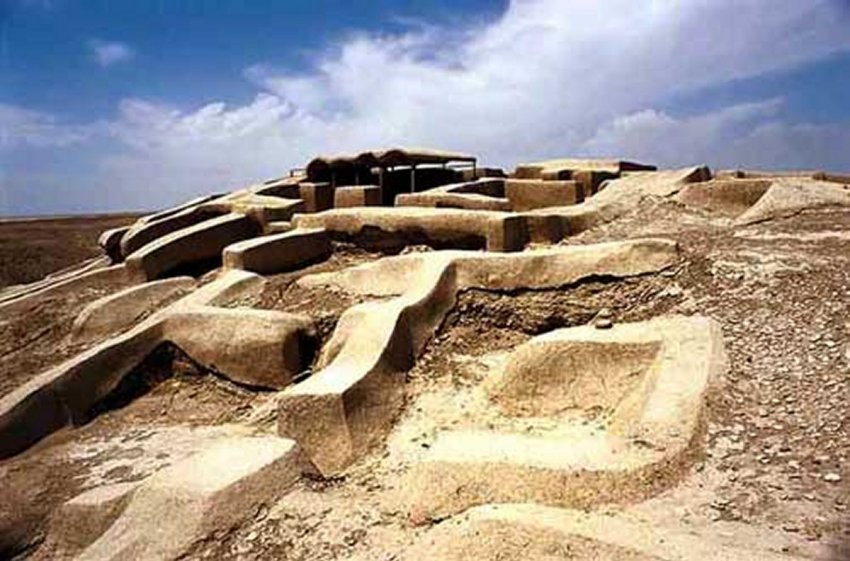MessageToEagle.com – The third season of excavation in the historical mound of Dasht, near Burnt City (Shahr-e Soukhteh) in the southeastern province of Sistan-Baluchestan led to the discovery of pottery works, the most important of which was a statuette of Sistani cattle breed that has been living in the region since 3000 BCE.
Mehdi Mortazavi, the head of the archeological team in the region, said food containers, stone tools, bronze beans, remains of ancient plants and pottery works dating back to various eras were among the other findings.

He said the historical mound would be converted into an archeological park in the near future.
“The findings of three seasons of excavations indicate that Dasht Mound was inhabited during various settlement periods in Burnt City, which were named as first, second, third and fourth settlement eras,” he said.
Mortazavi noted the history of settlement in Dasht Mound dates back to 2900 BCE and Dasht Mound has been the hub of pottery works in view of its unique geographical characteristics.
See also:
The Burnt City And Its Mysterious Prehistoric Inhabitants
“Soil, wind, animal fertilizers and water were suitable for producing earthenware objects,” he said, adding the ongoing excavations were conducted with the primary goal of finding access to the know-how of pottery production.
“We want to revive the ancient art of pottery making,” he said.

Dasht Mound was studied once before 1979 Islamic Revolution by foreign experts. The site was again excavated 10 years ago leading to the discovery of valuable objects.
The ongoing excavations started one month ago, which is hoped to provide further details about the lifestyle of ancient inhabitants and their professions.
Numerous furnaces and pottery objects indicate that ancient settlers of Dasht Mound were mainly involved in pottery. They used animal fertilizers as fuel in furnaces.
MessageToEagle.com
source: Iran Daily






